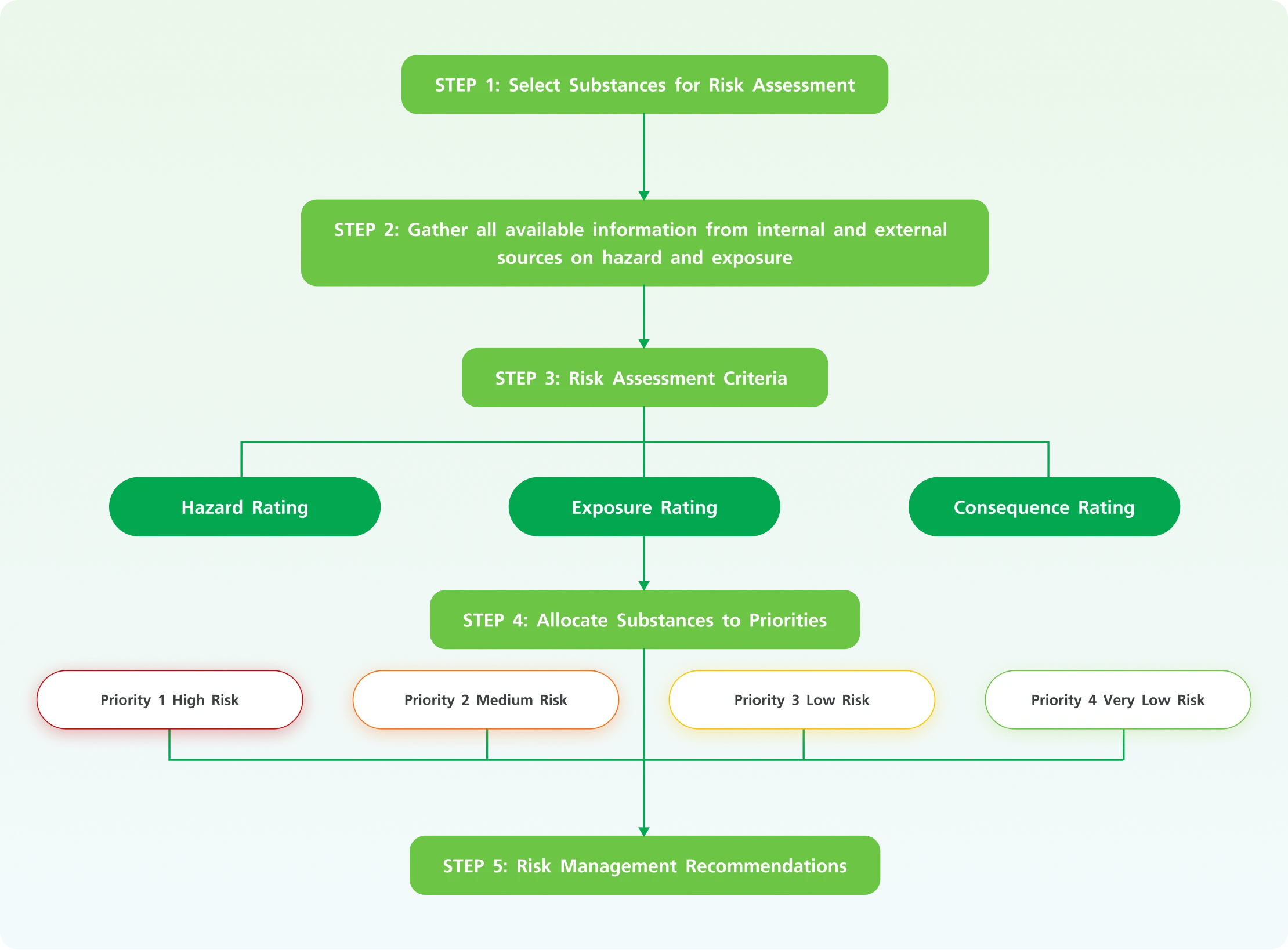Product Stewardship
The Group is committed to minimizing environmental impacts while ensuring product quality, safety, and transparency for consumers. The Group also use the circular economy principles in the product development approach, focusing on reducing the use of natural resources, promoting recyclable and biodegradable materials, and minimizing single-use plastics. All raw materials are sourced responsibly from sustainable, traceable origins with careful consideration for ecological impact.
Clean technologies are adopted across operations to enhance efficiency, reduce greenhouse gas emissions, and minimize waste. Resource optimization, particularly energy and water, is a core component of environmental management. Moreover, Charoen Pokphand Group recognizes the critical importance of properly managing hazardous substances used in its products, services, and operations. The Group ensures full compliance with relevant standards and its own Hazardous Substances and Chemicals Management Policy to prevent and eliminate potential risks to human health and the environment.
Charoen Pokphand Group maintains open and transparent communication by providing clear product labeling—such as nutritional information, carbon footprint data, and environmental disclosures—to support responsible consumer choices.
Driven by innovation, Charoen Pokphand Group develops sustainable product solutions including alternative proteins, compostable packaging, and take-back programs for selected products. These initiatives reflect the Group’s holistic commitment to long-term sustainability in economic, social, and environmental dimensions.
Product Life Cycle Assessment
Charoen Pokphand Group takes a comprehensive approach to product development through Life Cycle Assessment (LCA). LCA is an essential tool that enables us to evaluate the environmental impacts of our products from cradle to grave. By conducting rigorous LCAs, we gain valuable insights into the resources used, emissions generated, and waste produced throughout a product's entire life cycle. This knowledge empowers us to make informed decisions, optimize our processes, and develop products that have a minimal ecological footprint.
Moreover, we have also assessed the MECO method as a simplified LCA for our products, such as rice and eggs, to screen their environmental impacts in four categories: Materials, Energy, Chemicals, and Others. This assessment covers five stages of the product life cycle: material extraction, manufacturing, transport, use, and end-of-life.
Material flow accounting is one of the externally recognized tools we use to track and analyze the material flows of our products, such as maize and shrimp, which are key products in our crop integration and aquaculture businesses. This approach provides a comprehensive view of material efficiency and environmental impacts.
In 2024, 86.2% of total products were covered by the Life Cycle Assessment (LCA) approach, comprising 76.8% from full LCAs, 5.1% from simplified LCAs using the MECO method, and 4.3% from other externally recognized tools, specifically material flow accounting. *
*These percentages are derived from data provided by the relevant business units.
C.P. Group's Carbon Footprint Labels
Carbon Footprint of Products (CFP)
Carbon Footprint Reduction (CFR)
Carbon Neutral Products
Carbon Footprint of Organization (CFO)
Thailand Voluntary Emission Reduction Program (TVERs)
Example of Products Certified with Carbon Footprint of Product in 2024
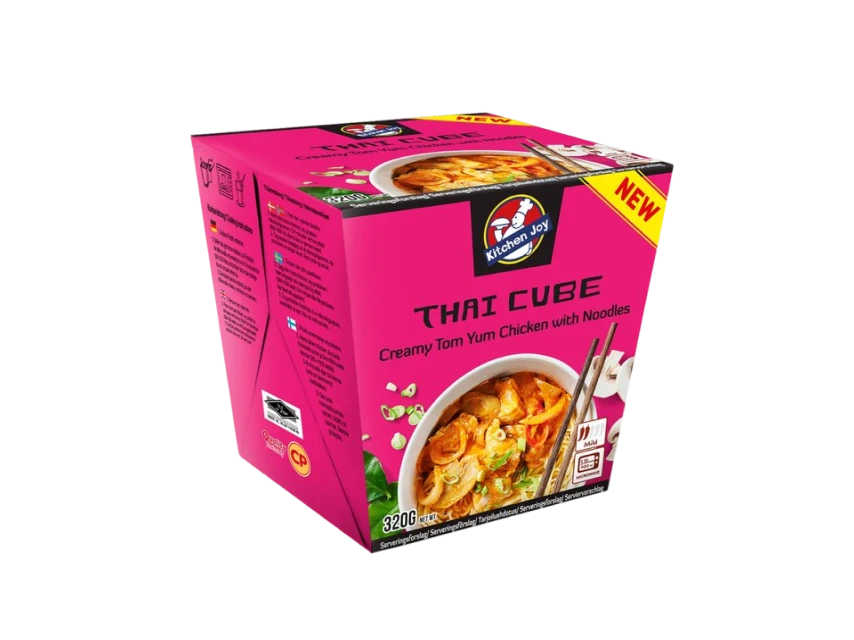
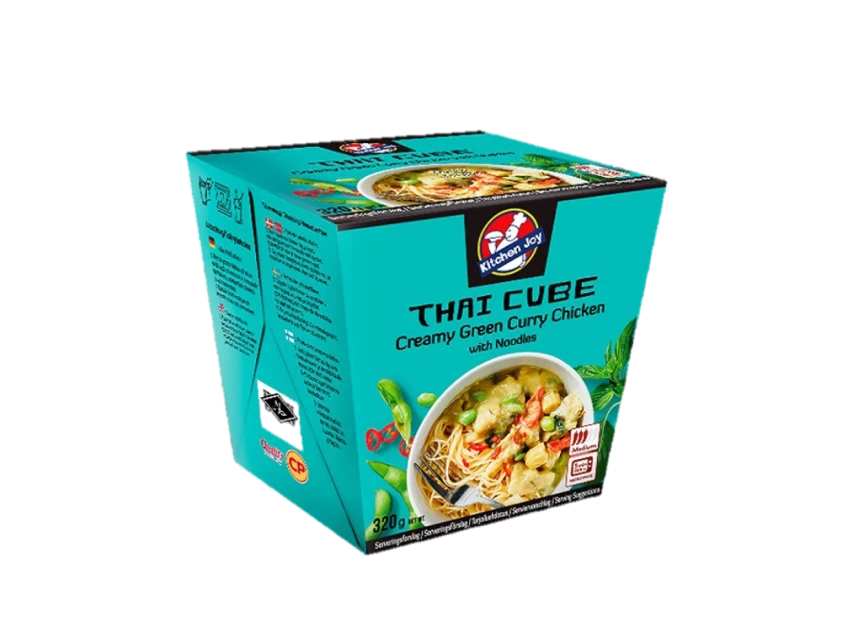
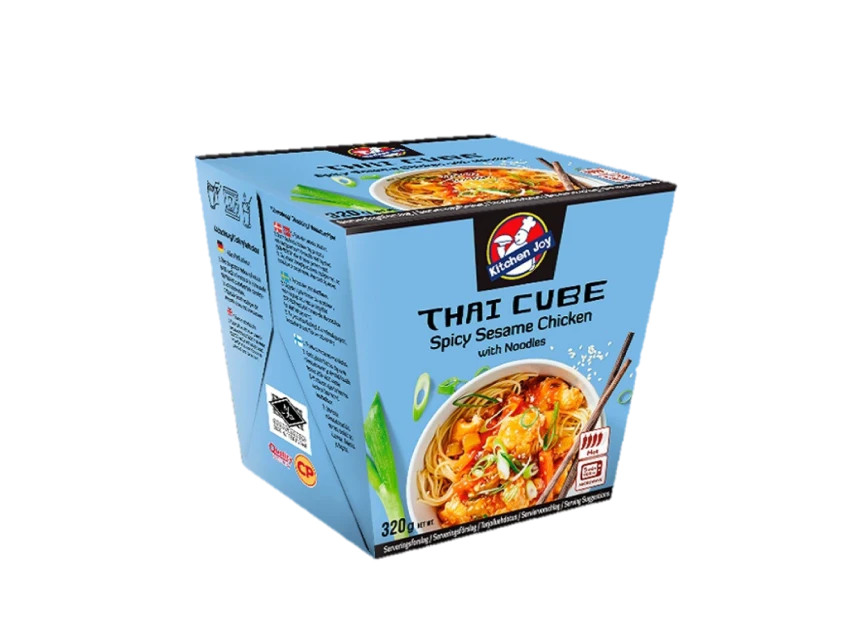
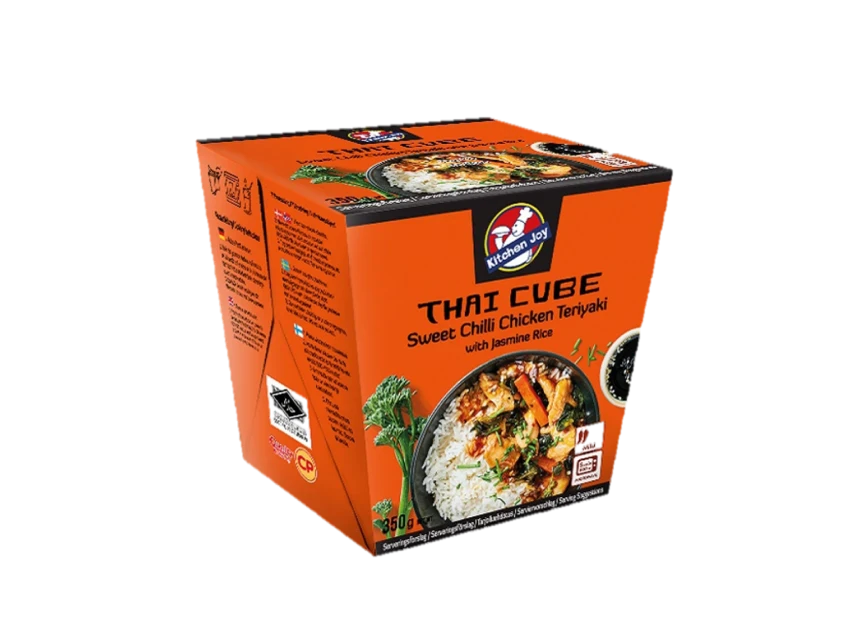
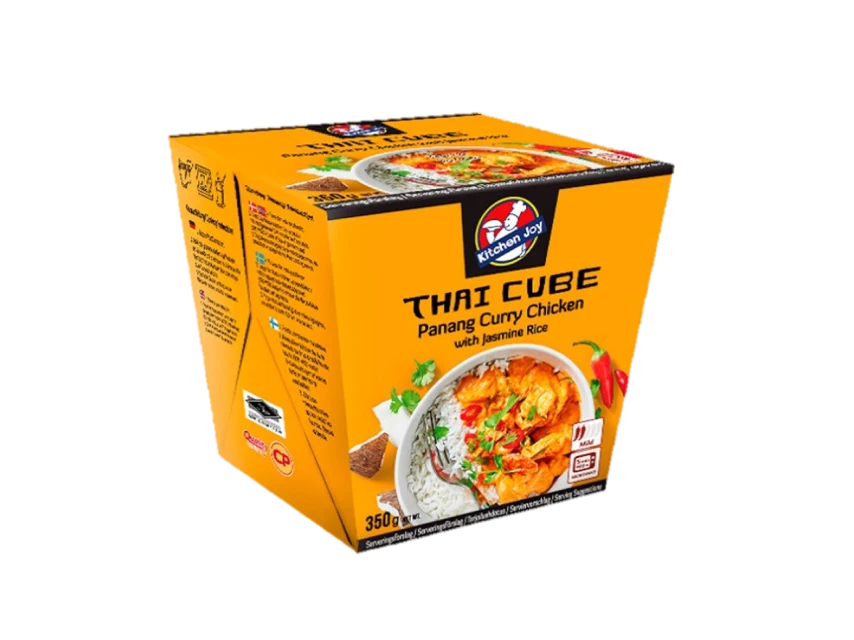
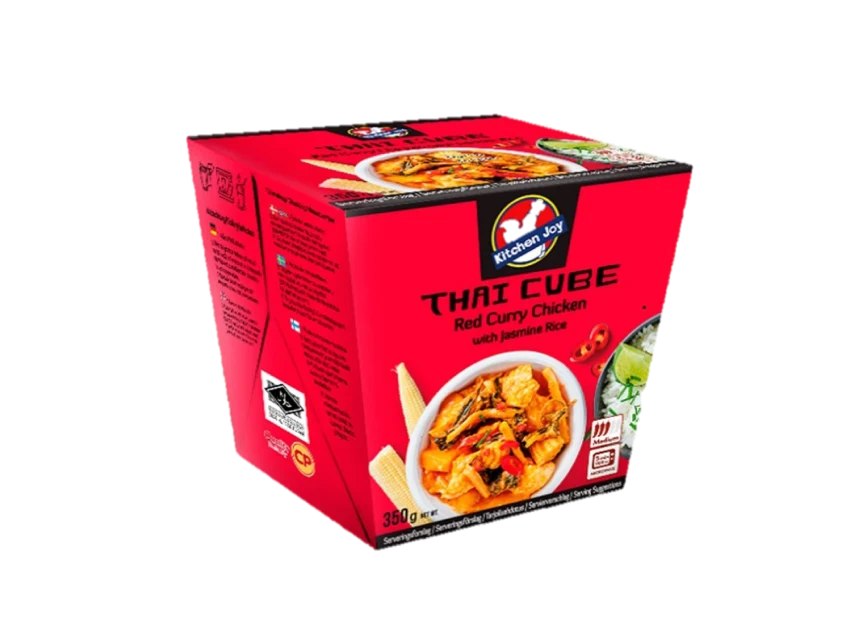
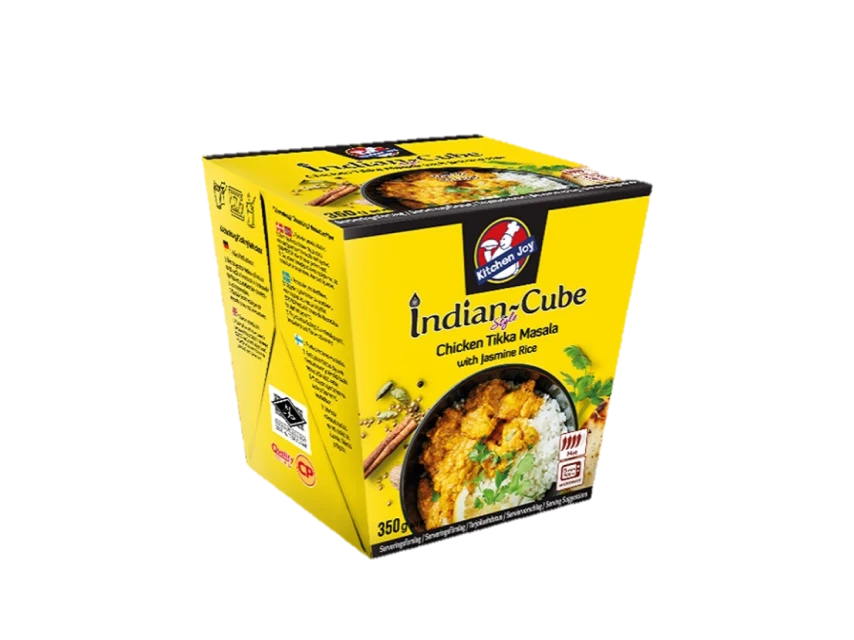
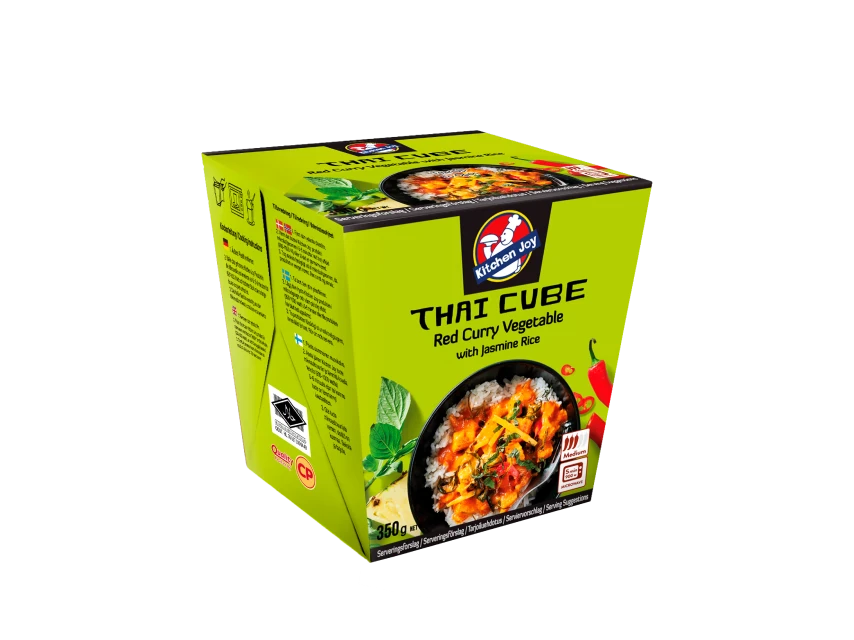
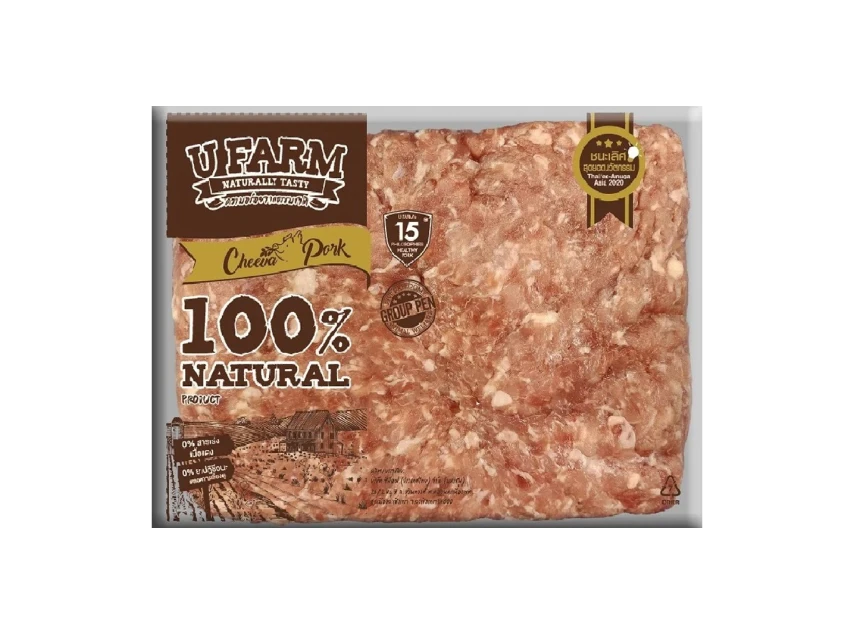
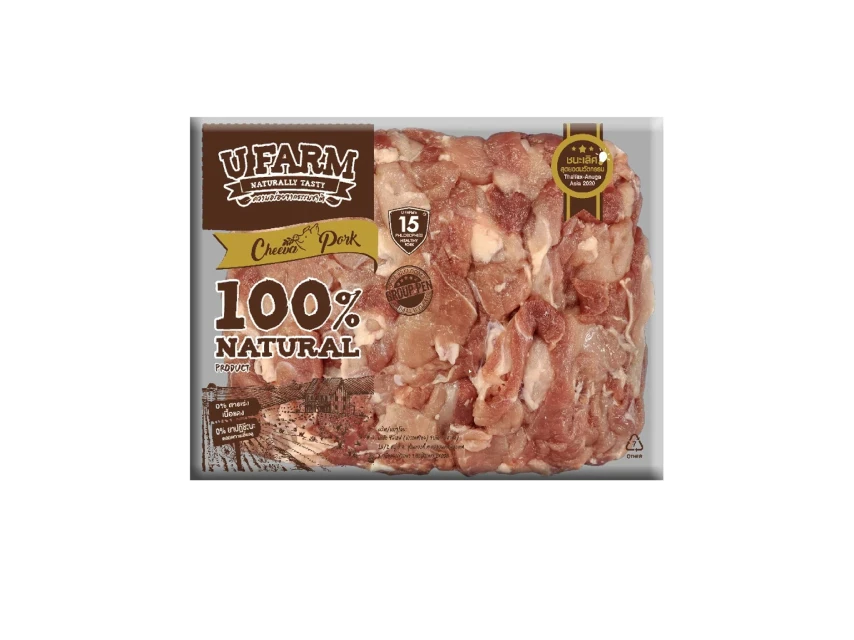
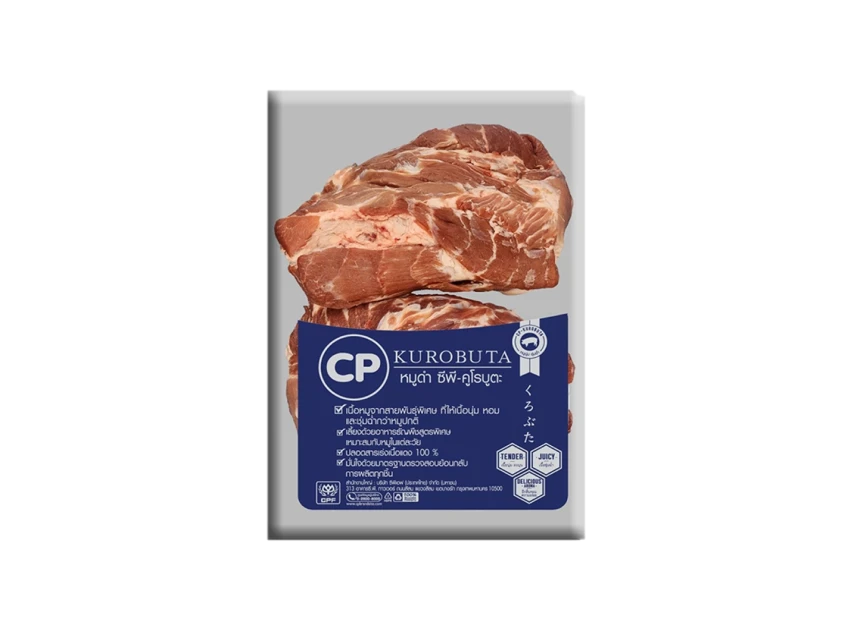
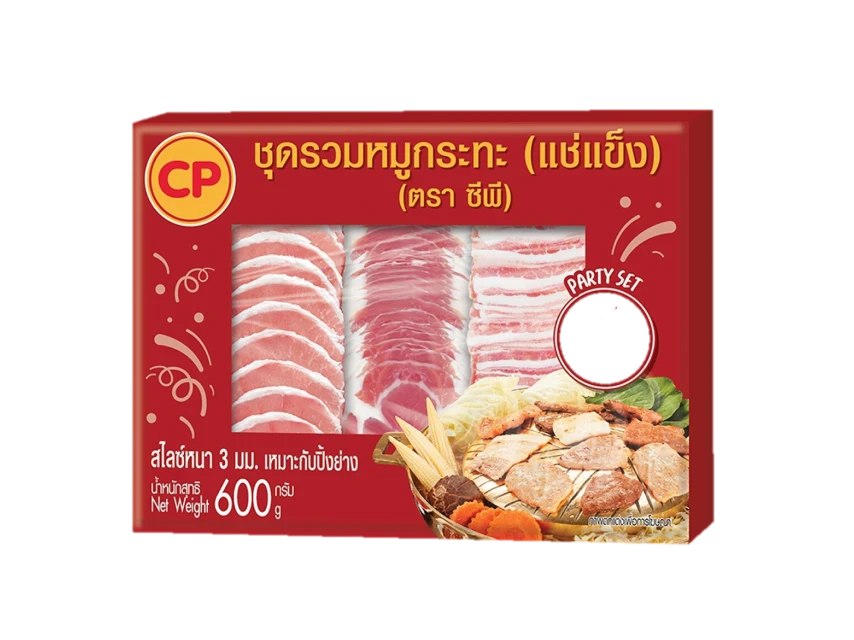
Environmental Impacts Throughout the Life Cycle Assessment of Jasmine Rice
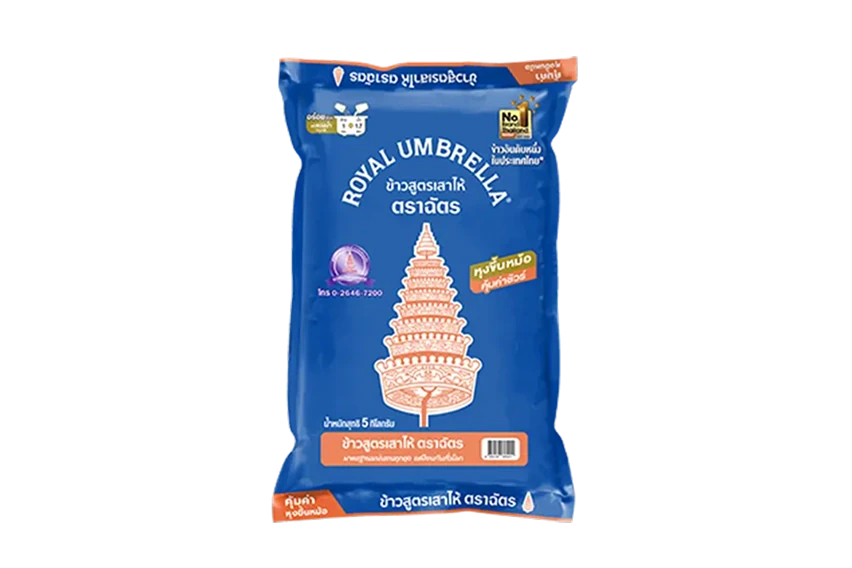
C.P. Intertrade Company Limited
Environmental Impact of Producing 1 Kilogram of Jasmin Rice
| Impact Type | Unit | Impact | |||||
|---|---|---|---|---|---|---|---|
| Area Preparation | Planting | Care | GHG from Rice Fields | Harvest | Total | ||
| Global Warming | kg CO2 eq | 0.38 | 0.17 | 0.071 | 1.49* | 0.024 | 2.14 |
| Ozone depletion | kg CFC-11 eq | 1.9E-07 | 8.6E-08 | 3.7E-08 | 8.4E-09 | 3.21E-07 | |
| Terrestrial Acidification | kg SO2 eq | 0.0017 | 0.00053 | 0.00090 | 3.0E-05 | 0.0032 | |
| Freshwater Eutrophication | kg P eq | 0.0016 | 1.4E-05 | 0.0016 | 3.0E-08 | 0.0032 | |
| Human carcinogenic toxicity | kg 1,4-DB eq | 0.53 | 0.12 | 0.16 | 0.0072 | 0.82 | |
| Human non-carcinogenic toxicity | kg 1,4-DB eq | 0.00025 | 0.00013 | 6.6E-05 | 5.6E-06 | 0.00045 | |
| Terrestrial ecotoxicity | kg 1,4-DB eq | 0.00070 | 0.0003 | 0.00024 | 9.4E-06 | 0.0012 | |
| Freshwater ecotoxicity | kg 1,4-DB eq | 0.017 | 0.0051 | 0.0062 | 0.00028 | 0.029 | |
| Land use | m2a crop eq | 0.0034 | 0.0057 | 0.0016 | 1.5E-05 | 0.011 | |
| Water consumption | m3 | 0.0012 | 0.0013 | 0.0038 | 7.7E-06 | 0.0029 | |
Eco-Labeled Products
C.P. Group recognizes the importance of sustainable consumption and production as a foundation for long-term business growth and environmental stewardship. In alignment with our commitment to creating shared value for society, the Group has actively promoted the development and distribution of eco-labeled products that meet recognized environmental standards. These products are designed to minimize ecological impacts throughout their life cycle—covering raw material sourcing, manufacturing, packaging, distribution, and consumer use. By advancing eco-labeled product initiatives, C.P. Group aims not only to strengthen consumer confidence in product safety and sustainability, but also to reduce environmental impacts such as resource depletion, greenhouse gas emissions, and waste generation. This approach reflects our determination to contribute to global climate action, safeguard ecosystems, and foster a more sustainable future for all stakeholders.
Examples of Third-Party Certified Eco-labels in Our Products and Services

End of Life Cycle Responsibility
At Charoen Pokphand Group, we view our duty for the end-of-life cycle as a crucial component of our dedication to environmental stewardship. We are committed to managing the complete lifespan of our products because we think that ethical product management goes beyond the point of sale.
We place a high priority on recycling, reusing, and ecologically friendly disposal techniques from design to disposal. We make sure that our products have a minimal environmental impact by aggressively promoting the ideas of the circular economy and motivating customers to engage in ethical end-of-life practices.
CPPC Company Limited, under Charoen Pokphand Group, is the leading manufacturer of paper and plastic product packaging. All our products are made of 100% reusable or recyclable materials.
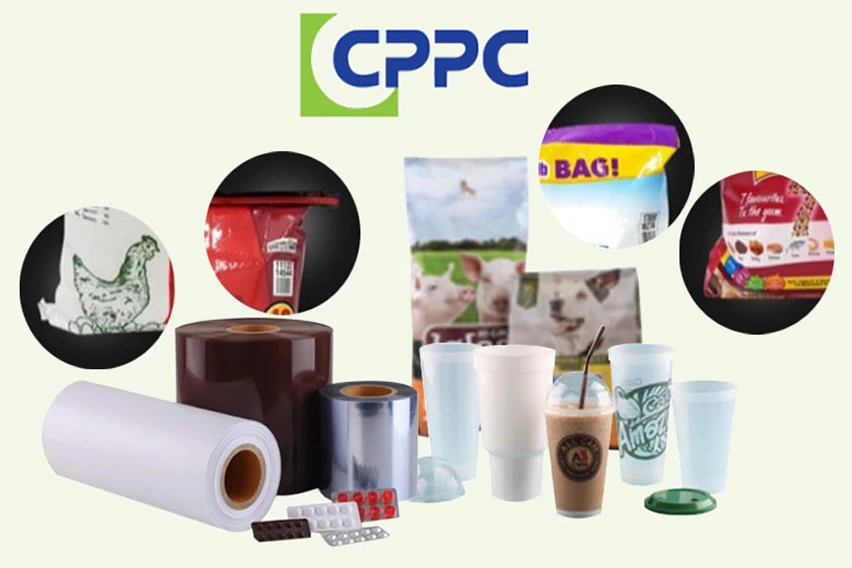
- Plastic sacks
- Food packaging
- PVC products
- Paper core
The Company has implemented many projects to take back products from customers and recycled leftover plastic materials from the manufacturing process, where they undergo a separation and melting process, and are then reused to create new products of higher value.
In 2024, 13.04% of products and materials were reused or recycled by the company to replace virgin plastics and were also processed by subcontractors to make new products, resulting in cost savings of over 160 million Baht.
Total volume of products and materials taken back that were reused or recycled
(%)
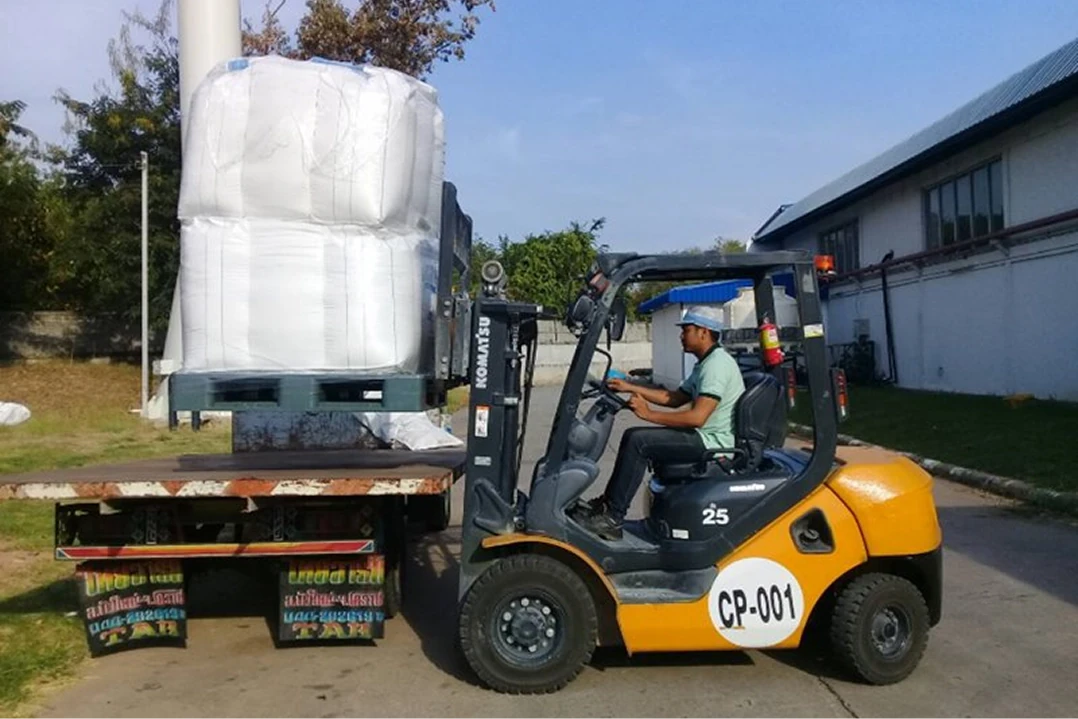
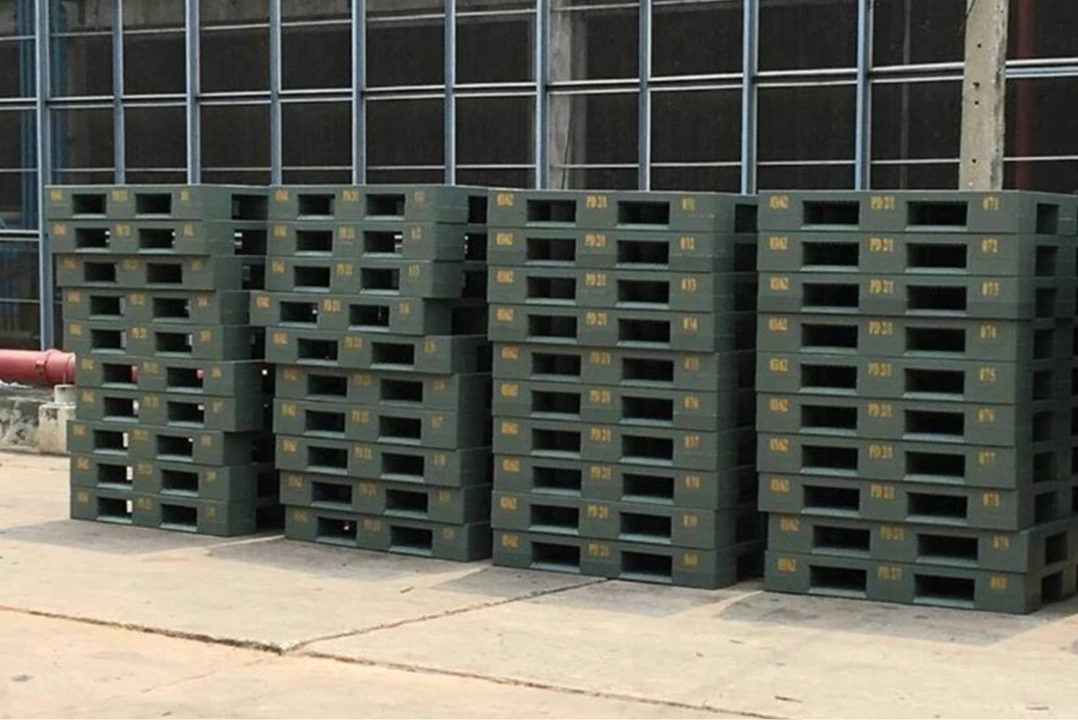
Hazardous Chemicals and Substances Management
Charoen Pokphand Group recognizes the importance of appropriate management of hazardous chemicals and substances, and chemicals used in our products and services, and in the company’s operations in accordance with applicable standards and our CPG’s hazardous chemicals and substances management policy to reduce and eliminate adverse impact to human health and environment.
C.P. Group is committed to phasing out the use of Hydrochlorofluorocarbons (HCFCs) in our services business by 2040, in line with the Montreal Protocol phase-out schedule for developing countries. HCFCs are classified as hazardous substances under Thailand Hazardous Substances Act, B.E. 2535 (1992) and the Thailand List of Hazardous Substances (No. 7) B.E. 2565 (2022)
Hierarchy of Controls
Risk Assessment of Hazardous Chemicals and Substances in Products and Services
Charoen Pokphand Group has assessed its exposure to hazardous chemicals and substances in its products and services and has conducted risk assessments for their potential impacts on human health and the environment following ICCA Guidance on Chemical Risk Assessment. We have classified and implemented measures in accordance with the hierarchy of controls, as well as national and international laws, regulations, and standards related to chemical management, such as the Notification of the Ministry of Industry, the Thailand Hazardous Substances Act B.E. 2535 (1992), the Thailand List of Hazardous Substances (No. 7) B.E. 2565 (2022), and the Restriction of Hazardous Substances (RoHS). Less than 2% of the company’s revenue is associated with products and services containing hazardous chemicals and substances on this list.
From the assessment results, it was found that 30% of the hazardous chemicals and substances in our products and services are at a high-risk level. The Company has developed preventive and control measures, as well as safe hazardous chemical storage practices, to ensure that any potential impacts on human health and the environment are appropriately controlled and managed.

